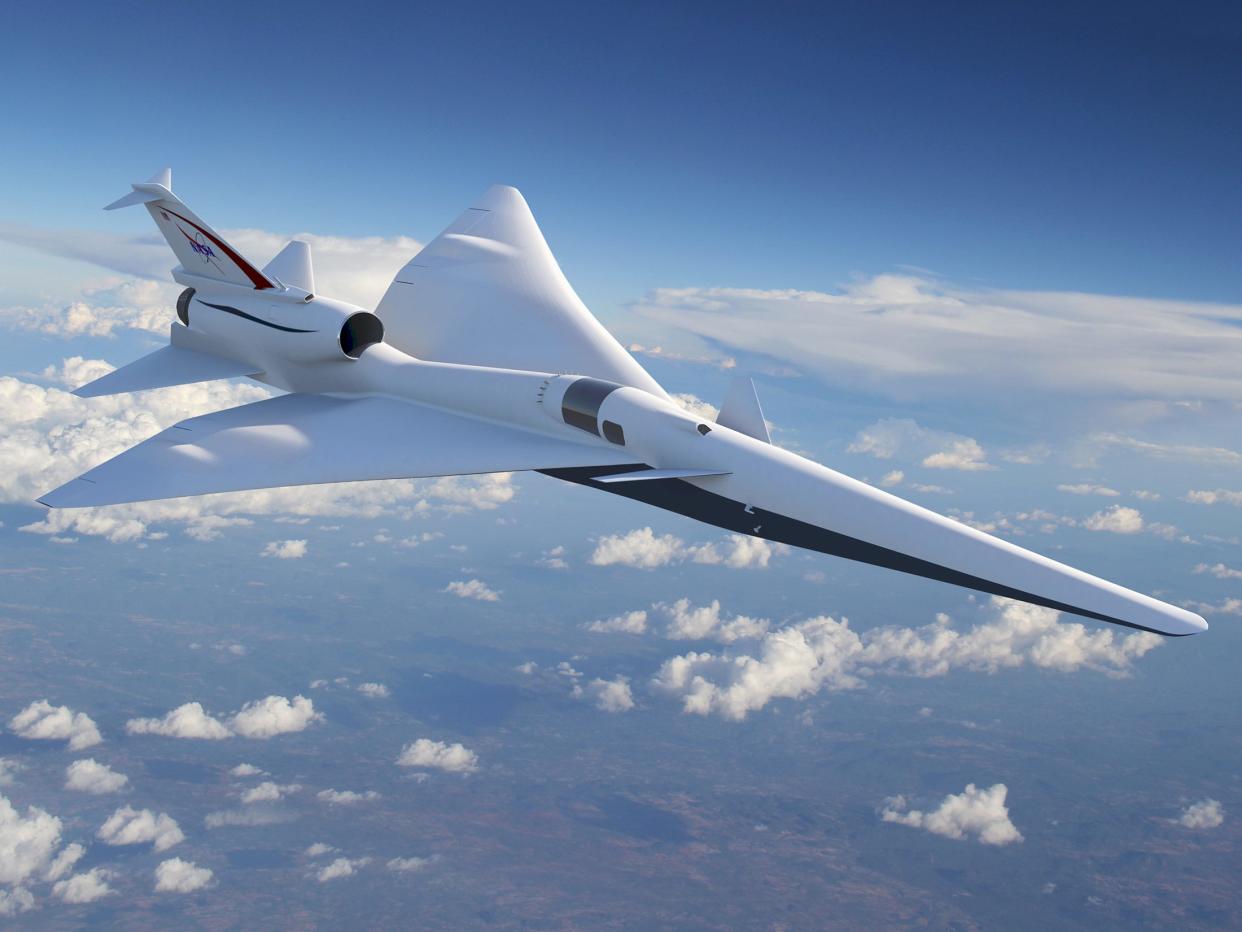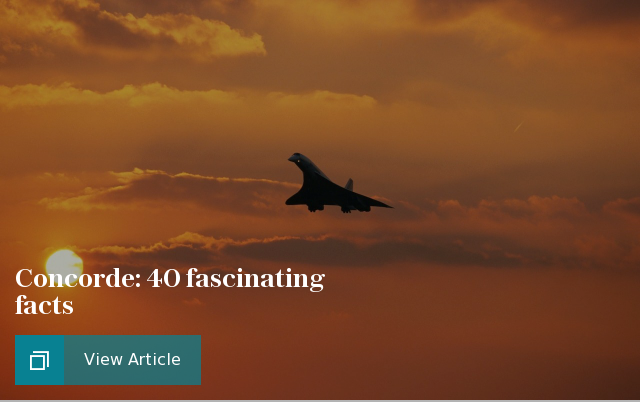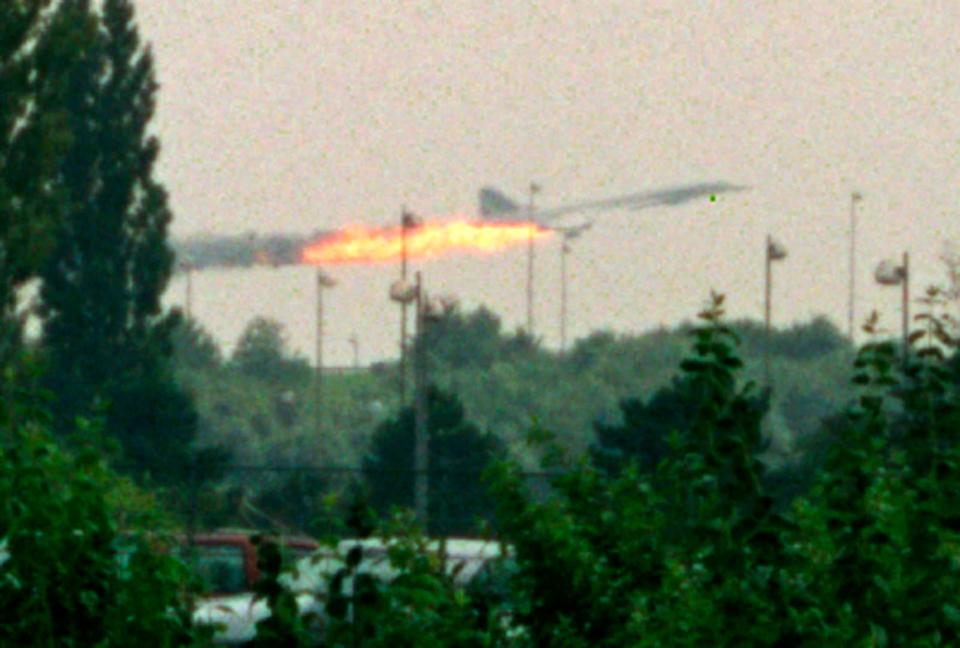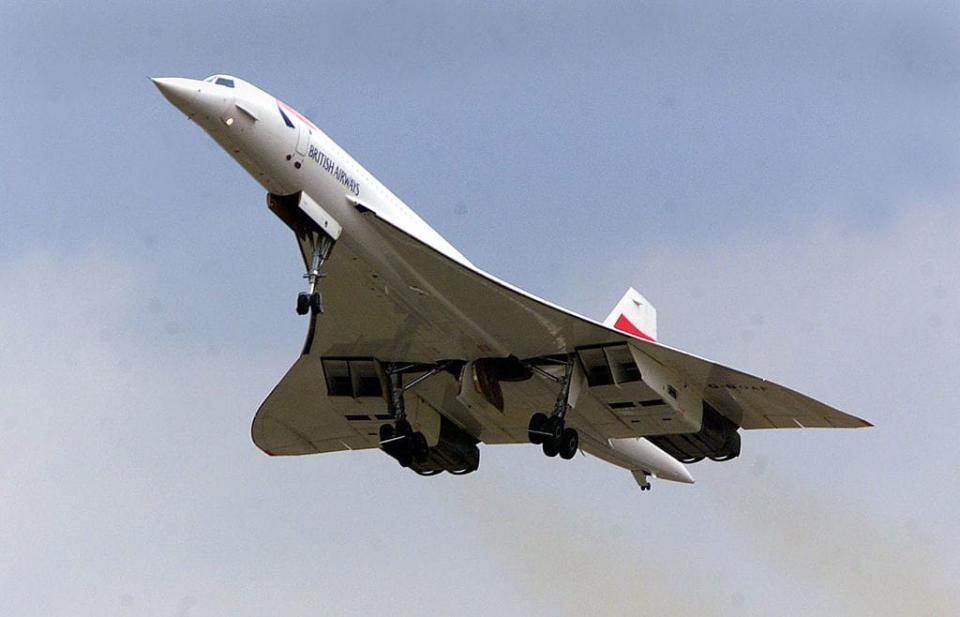Nasa plans to build a new plane that could halve flight times

For all its reputation as a miracle of motion at the forefront of all things travel, supersonic aviation is both mired in the past and weighed down by a future laden with question marks.
Not since Concorde was removed from service in October 2003 has a commercial airliner flown at beyond the speed of sound. And with the retirement of the great Anglo-French jet, the concept of soaring through the air at faster than 761mph has increasingly become a fragment of yesteryear - a ghost of some golden age that is deemed unlikely to return.
Part of the issue with supersonic flying is just how noisy it is. Famously, a plane breaking the sound barrier provokes a "sonic boom" - a cacophonous whip-crack which, if it erupts close enough to the ground, can cause windows to break and complaints to be issued.
Concorde was enough of a noise monster that its presence in America was largely unwelcome.

Contrary to perception - and in spite of the popular consensus that the plane was generally a success in its 27 years of active service - supersonic flight over the US is banned, and has been since 1973. British Airways and Air France had to receive special dispensation to fly their baby to Washington DC and New York - and could go no further.
But reports suggest that one of America's biggest pioneers in aviation, the National Aeronautics and Space Administration (Nasa), is taking tentative steps towards a second generation of supersonic airliners.
According toBloomberg, Nasa may begin work on a fresh supersonic prototype model as early as next month, and is likely to collaborate with manufacturers such as Lockheed Martin, Boeing and General Dynamics - as well as relevant industry innovators like Aerion and Boom Technology - to bring theory into reality.
Central to the blueprint will be a plane with a modified shape - subtler, sleeker, and therefore of less impact on the air around it. In theory, this would mean that it could break the sound barrier less brusquely, and at a lesser volume, than its celebrated predecessor.

Nasa researchers are quietly confident that tests on their model, conducted in a wind tunnel in June, demonstrate that such an aircraft could cut current standard flight times in half - meaning that the average seven hour duration of a hop between London and New York could be slashed to less than four hours.
This radical time difference, along with the lower noise levels, could mean a loosening, or even an abandonment, of the US's strict rules on supersonic aviation in its airspace, and make the whole ultra-fast process more financially viable.
Although there were several causes of Concorde's gradual slump from being essential to being obsolete - not least its catastrophic crash at Charles de Gaulle airport in Paris on July 25 in 2000 - the restrictions on where it could fly undoubtedly hastened its demise.
But times are changing, and the planet's growing reliance on air travel will, during the next decade, "drive the demand for broadly available faster air travel,” Peter Coen, project manager for Nasa’s commercial supersonic research team, told Bloomberg. “That’s going to make it possible for companies to offer competitive products in the future.”

How soon, and how softly, are the questions to which most interested parties want solutions - and the second is much easier to answer.
At its loudest, Concorde's sonic output was somewhere around 90 dBa (A-weighted decibels). Nasa is aiming to cut this by about a third, to 60-65 dBA - hardly a sudden silence, and still the equivalent of a high-powered car on the motorway - but a significant reduction in the main concern, all the same.
The agency is planning to spend some $390 million (£299 million) on its prototype over the next five years, and has already been liaising with Lockheed Martin on design.
"Now you’re getting down to that level where, as far as approval from the general public, it would probably be something that’s acceptable,” says Peter Iosifidis, a design program manager at Lockheed, of that 60-65 dBA figure.

A sonic boom occurs when a flying object achieves a speed of Mach 1 - which is approximately 761mph at sea level (though this varies at other altitudes).
This is the point at which the pressure waves created by a plane's motion can no longer get out of its, or each other's, way. They become compressed, and merge into a single shockwave, which causes the dramatic bang.
The Nasa prototype will reportedly resolve this problem by employing a shape which will keep sound waves from merging. Instead, they will be dispersed across various points of the aircraft, resulting in a low hum rather than a single sound explosion.
The matter of when air passengers may be able to see the fruits of this research is a little harder to predict. Nasa plans to run live tests on its brainchild as soon as 2022.

When, precisely, this will translate into everyday transportation is yet to be seen. But the future is coming - and it's quieter than you think.


